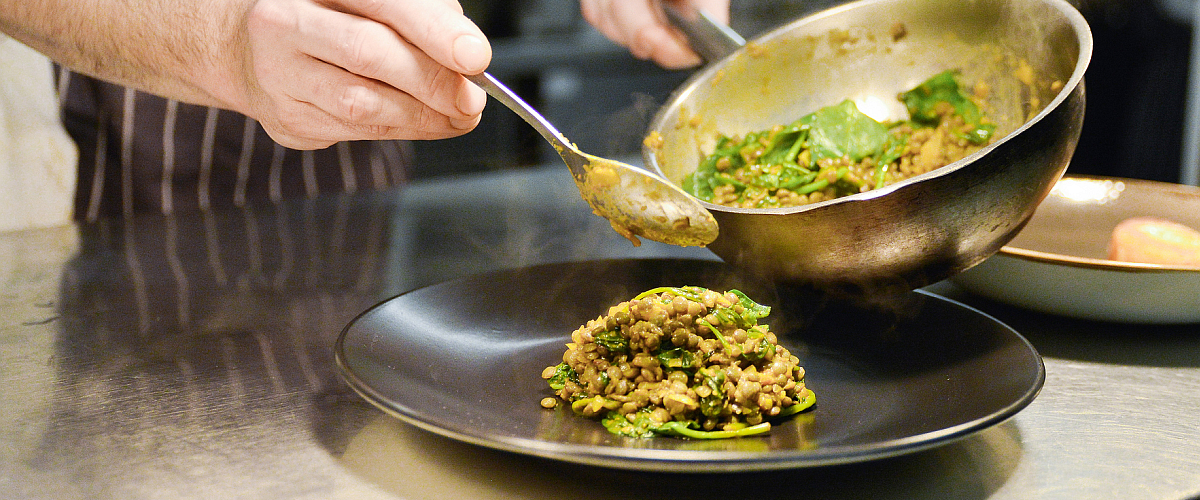Making a move in a plant-forward direction? Chances are that this popular food trend has shown up on your radar (and on your plate) — all for good reason! If you’ve been following us for a while, you know that going plant-forward means making plants the star of your dish. You also know more and more people around the country — and around the world — are getting on board for its health and environmental benefits.
While we know a lot about the trend, there’s always more to learn, and Aramark’s new rotating restaurant concept, The Twisted Beet, gives us a great reason to dig deeper. We connected with Director of Culinary Development Chef Marion Gibson and Development Chef Jason Lewis to discover how The Twisted Beet pushes the boundaries of plant-forward dining by playing with international dishes, exotic flavors, and textures that are sure to inspire. We hope it inspires you to recreate these ideas in your own home.
Q: You both played an important role in developing The Twisted Beet. What excited you about this plant-forward menu?
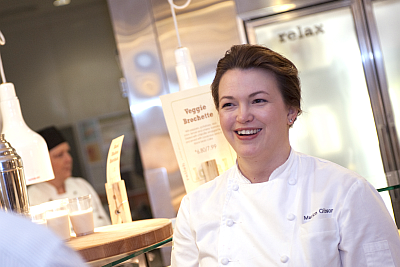
Chef Marion: Plant-forward eating has become more accepted and appreciated. At the same time, American cuisine is increasingly influenced by other cultures, and people are more open to a wider range of food.
We knew we had a “let’s do this” opportunity to bridge the gap between meat-centric cooking and plant-forward cooking, as well as the familiar and the exotic. We took classic, recognizable dishes — things like popular ethnic street food or American comfort dishes, and flipped them on their heads.

Chef Jason: The challenge was coming up with a dynamic menu that would, first, appeal to people who are proud carnivores and second, provide options that meet individual lifestyle and dietary preferences. With enough flavor and the right texture, you can make it easier to convince folks to take a plant-forward adventure. Plus, there are other benefits to plant-forward cooking: It can be more affordable, have less environmental impact, and improve overall health and wellness.
Take The Twisted Beet’s Eggplant Meatball Sandwich. We gave it to one of our dishwashers, Joe, who loves meatball sandwiches and asked what he thought. Joe is one of the pickiest eaters I’ve ever met and not a huge fan of vegetables. His reaction? “That was a good meatball sandwich!” Getting a thumbs-up on a plant-forward version of a familiar favorite was very inspiring.
Q: What item on the current menu are you most looking forward to sharing?
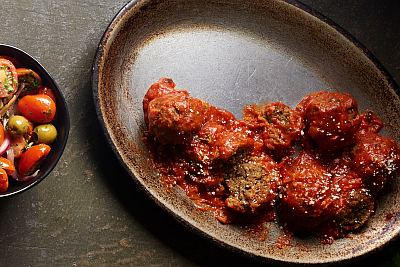
Chef Jason: Again, that Eggplant Meatball Sandwich has gone off extremely well — and it’s a completely vegan recipe. We use eggplant as the base, roasted with nutritional yeast and soy sauce to give it additional depth of flavor that we call umami. Then you cook them in the sauce and food magic happens. It transforms the texture of that eggplant into something so recognizable that even those proud carnivores are as satisfied as if they had eaten a traditional meat-based sandwich.
Q: What advice would you share with someone who wants to include more plant-forward meals into everyday home cooking?
Follow the 50/50 Rule: You could be a plant-forward cook and not even know it! It doesn’t always mean vegetarian or vegan. As long as your meal is more than 50% plants, you’re plant-forward. Soups, stews, casseroles, and stir-fries are all easy to make plant-forward. – Chef Jason
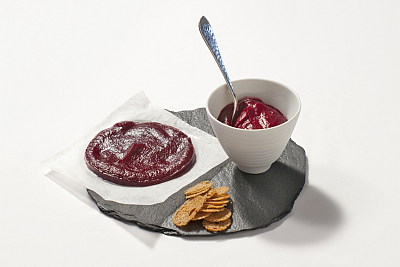
Treat Meat as a Garnish: In Western cooking, meat tends to be at the center of the plate, and everything else is an accompaniment. You just want to flip that. Shift the proportions of animal-based and plant-based ingredients, and you’re on your way. – Chef Marion
Buy Fresh Produce: Aside from making that flip, I think the most important thing is to go into the market and buy produce. It’s far less expensive than buying the same amount of meat. Fresh fruits and veggies look beautiful on your counter and in your fridge. You’ll be excited to cook with them and not let that produce go to waste. So get a head of cauliflower, pick up some Brussels sprouts, make our eggplant “meatballs” and start experimenting! – Chef Marion
Be Bold: Try new ingredients, spices, and cooking methods. Bravery is the most important ingredient! – Chef Marion
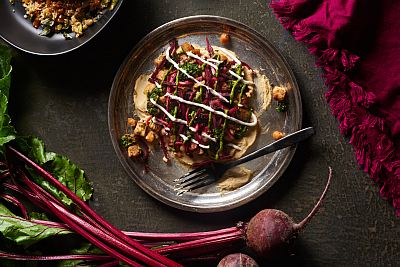
Q: What’s one recipe from The Twisted Beet that you’d recommend to a home cook? How can convenience products make it easier?
Chef Marion: The Chicken and Chickpea Hummus Bowl is both exotic and comforting. It’s the most popular item on the Twisted menu! And it’s easy enough to whip up at home.
Chef Jason: The shelves at your average grocery store are more bountiful than ever, and store-bought ingredients can save you time. Look for the following: shawarma spice, chicken thighs, packaged hummus, pita wedges, chickpeas, and broccoli. That’s it!

Roast the chicken, grill or bake the pita, then put it all together so the chicken takes a back seat to the other ingredients. We season the broccoli with a Dukkah, a Northern African condiment, but you could roast yours with lemon. We finish it off with a bright zhug sauce, which is a cilantro sauce that gets some fiery heat from chili peppers. Delicious!
Hungry yet? Try out these ideas and recipes from The Twisted Beet at home, and chances are you won’t miss the meat!
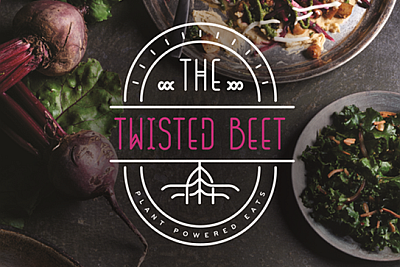
Note: Since everyone’s health history and nutritional needs are so different, please make sure that you talk with your doctor and a registered dietitian to get advice about the diet and exercise plan that‘s right for you.

